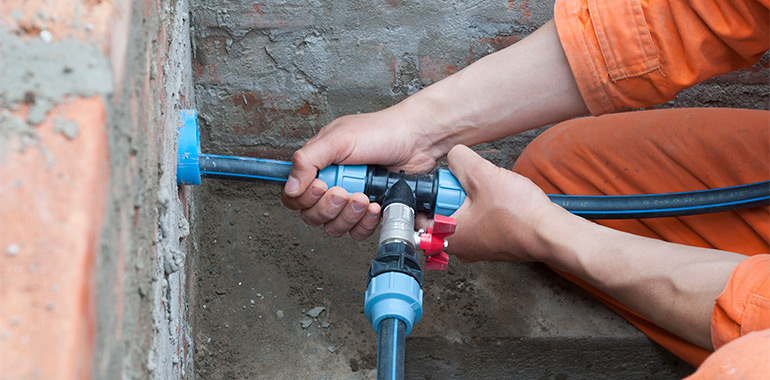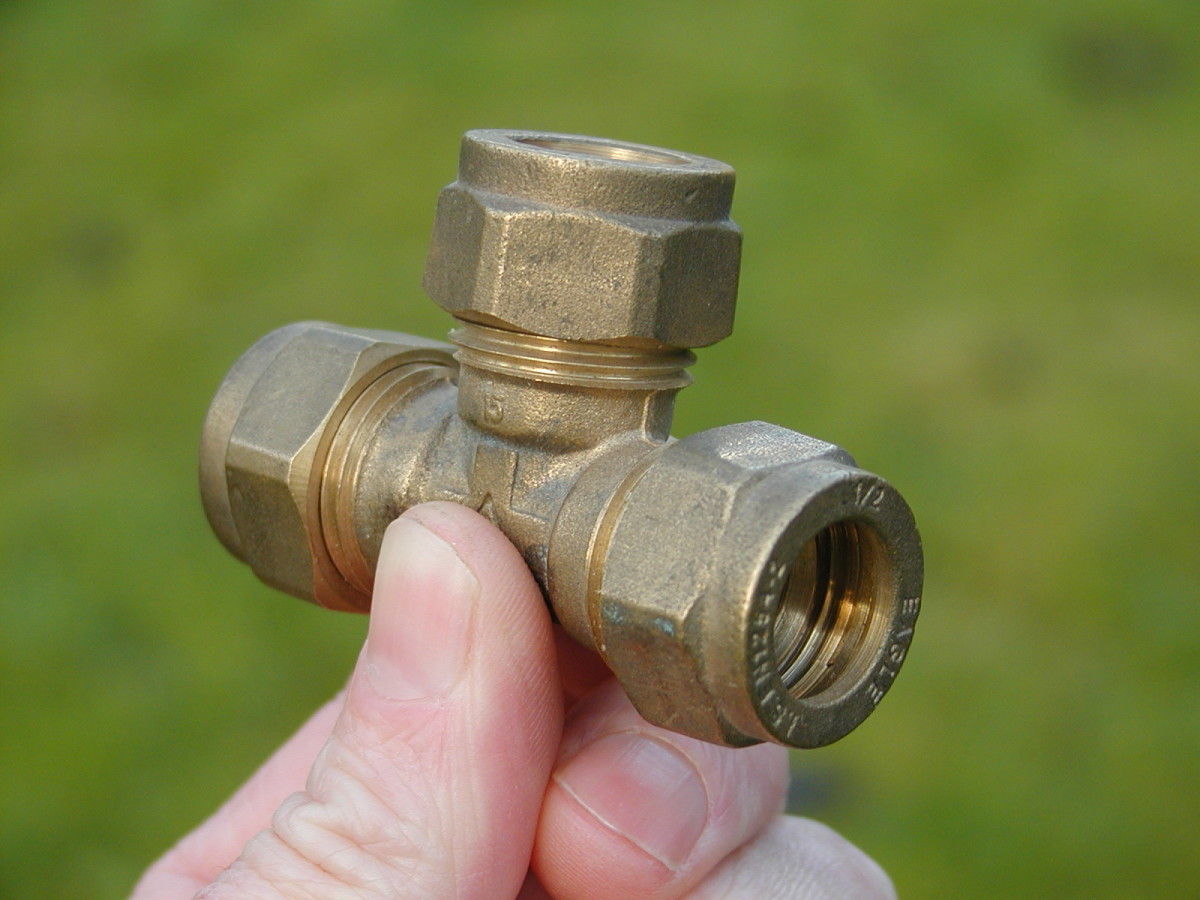Calling in the Pros: Common Appliance Issues Best Entrusted To Plumbers
Calling in the Pros: Common Appliance Issues Best Entrusted To Plumbers
Blog Article
Just how do you feel with regards to Why is My Home Making Strange Plumbing Noises?

To diagnose loud plumbing, it is very important to identify first whether the undesirable noises occur on the system's inlet side-in various other words, when water is turned on-or on the drain side. Sounds on the inlet side have varied reasons: extreme water pressure, used valve and also faucet parts, poorly linked pumps or other devices, incorrectly positioned pipeline fasteners, and also plumbing runs including way too many tight bends or various other limitations. Noises on the drainpipe side usually come from poor place or, as with some inlet side sound, a layout having tight bends.
Hissing
Hissing sound that happens when a tap is opened somewhat usually signals extreme water pressure. Consult your regional public utility if you presume this problem; it will certainly be able to tell you the water stress in your area and also can install a pressurereducing shutoff on the incoming water system pipeline if required.
Various Other Inlet Side Noises
Creaking, squealing, scratching, breaking, and tapping generally are caused by the development or contraction of pipelines, usually copper ones supplying warm water. The sounds happen as the pipelines slide against loosened bolts or strike nearby home framework. You can typically determine the location of the issue if the pipelines are exposed; simply adhere to the sound when the pipelines are making sounds. Most likely you will certainly uncover a loose pipe wall mount or a location where pipes exist so near floor joists or other mounting items that they clatter against them. Connecting foam pipe insulation around the pipelines at the point of call ought to correct the trouble. Be sure straps as well as wall mounts are secure and supply ample assistance. Where possible, pipe bolts need to be affixed to huge structural aspects such as foundation wall surfaces as opposed to to mounting; doing so lessens the transmission of vibrations from plumbing to surfaces that can magnify as well as move them. If affixing bolts to framing is unavoidable, wrap pipes with insulation or various other durable product where they speak to bolts, and sandwich the ends of new bolts in between rubber washing machines when installing them.
Correcting plumbing runs that deal with flow-restricting limited or countless bends is a last resort that should be undertaken only after speaking with a competent plumbing specialist. Regrettably, this circumstance is rather typical in older homes that may not have been built with indoor plumbing or that have seen numerous remodels, specifically by beginners.
Babbling or Shrilling
Extreme chattering or shrieking that happens when a valve or faucet is turned on, and that normally goes away when the installation is opened completely, signals loose or faulty internal parts. The solution is to change the shutoff or tap with a new one.
Pumps and appliances such as washing equipments and also dish washers can transfer electric motor noise to pipelines if they are incorrectly connected. Link such things to plumbing with plastic or rubber hoses-never inflexible pipe-to isolate them.
Drain Noise
On the drain side of plumbing, the principal objectives are to get rid of surfaces that can be struck by falling or hurrying water as well as to protect pipes to have inescapable noises.
In new construction, tubs, shower stalls, bathrooms, and also wallmounted sinks as well as basins should be set on or versus durable underlayments to decrease the transmission of audio via them. Water-saving bathrooms and taps are less noisy than standard models; mount them rather than older types even if codes in your location still permit using older components.
Drainpipes that do not run vertically to the cellar or that branch into straight pipe runs supported at flooring joists or other mounting present particularly frustrating noise troubles. Such pipelines are large sufficient to radiate substantial vibration; they also bring significant quantities of water, which makes the scenario worse. In brand-new building, define cast-iron soil pipelines (the large pipelines that drain commodes) if you can afford them. Their enormity includes a lot of the noise made by water travelling through them. Also, stay clear of routing drains in walls shown to bedrooms as well as rooms where individuals collect. Walls having drainpipes need to be soundproofed as was described previously, using double panels of sound-insulating fiber board and wallboard. Pipelines themselves can be wrapped with special fiberglass insulation created the purpose; such pipelines have an impervious vinyl skin (occasionally including lead). Outcomes are not always satisfying.
Thudding
Thudding sound, frequently accompanied by trembling pipelines, when a faucet or home appliance shutoff is turned off is a condition called water hammer. The sound and vibration are brought on by the reverberating wave of pressure in the water, which unexpectedly has no place to go. In some cases opening up a shutoff that discharges water rapidly right into an area of piping including a limitation, joint, or tee fitting can create the exact same problem.
Water hammer can usually be treated by mounting fittings called air chambers or shock absorbers in the plumbing to which the issue shutoffs or faucets are connected. These gadgets enable the shock wave developed by the halted circulation of water to dissipate in the air they include, which (unlike water) is compressible.
Older plumbing systems might have brief upright areas of capped pipe behind walls on faucet competes the exact same objective; these can at some point fill with water, reducing or damaging their effectiveness. The cure is to drain the water system totally by turning off the primary water system shutoff and also opening up all taps. After that open up the major supply valve and close the faucets one at a time, starting with the tap nearest the valve and ending with the one farthest away.
If Your Plumbing is Making These Sounds, There’s a Problem
A Bang or Thump When You Turn Off a Faucet
If a loud bang or thump greets you each time your turn off running water, you likely have a water hammer. A water hammer occurs when the water velocity is brought to a halt, sending a shock wave through the pipe. It can be pretty jarring — even worse, damaging to your plumbing system. All that thudding could loosen connections.
Strange Toilet Noises
You’re so familiar with the sounds your toilet makes that your ears will be attuned to anything out of the ordinary. Fortunately, most unusual toilet noises can be narrowed down to just one of several problems.
Foghorn sound:
Open the toilet tank Flush the toilet When you hear the foghorn noise, lift the float to the top of the tank If you’re ambitious, you can remove the ballcock valve and disassemble it to replace the washer. Or you can more easily replace the ballcock valve entirely. This device is relatively inexpensive and available at most any hardware store.
Persistent hissing:
The hissing following a flush is the sound of the tank filling. It should stop once the tank is full. But if the hissing continues, it’s likely because water is leaking out of the tank. The rubber flap at the bottom of the tank can degrade, letting water slip through and into the bowl. That’s why the tank is refilling continuously. Fortunately, this is an easy fix:
Cut the water to the toilet by closing the shutoff valve on the water supply line. Flush the toilet to drain the tank. Disconnect the flapper Attach the new flapper Gurgling or bubbling:
Gurgling or bubbling suggests negative air pressure in the drain line, likely resulting from a clog. As air releases, it causes the water in the toilet to bubble. This could either be a minor issue or a major one, depending on the clog’s severity. Clogs can be caused by toilet paper or more stubborn obstructions such as tree roots. If you can’t work out the clog with a plunger, contact a professional plumber for assistance because a clog of this magnitude could lead to filthy and unsanitary sewage backups in your sink bathtub.

We are very interested in Why Do My Pipes Make Noises and I'm hoping you liked the new entry. Be sure to take the opportunity to share this write-up if you appreciated it. Thanks a lot for taking the time to read it.
Schedule Free Estimate Report this page